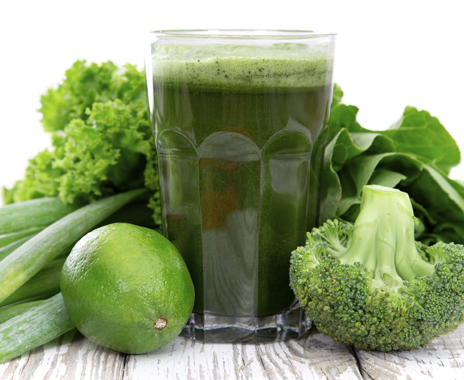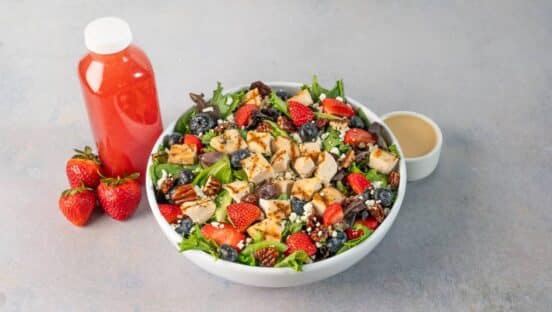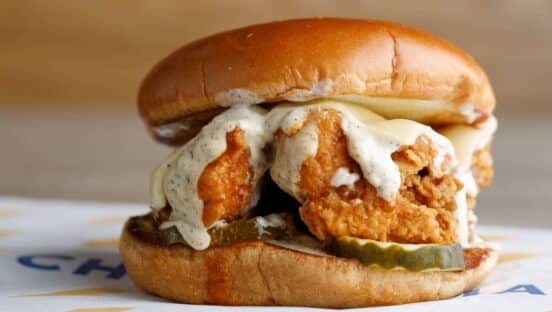Like other trends that embrace certain extremes and require more than a touch of sacrifice on the part of followers, the raw food movement’s appeal has been—up to this point, anyway—fairly limited.
It is unknown exactly how many Americans today completely eschew cooked foods and stick to a diet composed of foods that have been prepared—if they’ve been prepared at all—at 104 F or less. These practitioners subsist on comestibles such as fruits, vegetables, nuts, pressed juices, unpasteurized dairy products such as milk and cheese, and bread made with dehydrators rather than in ovens.
Health and wellness, coupled with concerns about animal welfare and the environment, are the main factors that lead people to embrace raw-food diets, though there is considerable conjecture about whether the regimen actually offers health benefits. While advocates of the raw-food lifestyle claim that its benefits stem from eating foods whose natural nutrients and enzymes have been preserved, medical authorities are far from convinced. Writing in Huffington Post in 2012, David Katz, director of the Yale Prevention Research Center, noted that it is “a great leap of faith from [having] some benefit in eating some foods raw some of the time to raw is always and dramatically better. … Raw food advocacy ignores the fact that some foods are more nutritious when cooked.”
Leaving aside the question of whether raw food is superior nutritionally, the question before us is: Does the raw food movement have anything to offer the more mainstream clientele that frequents fast-food and fast-casual restaurants?
The answer is a very definite maybe. Certainly, the kinds of fare served up by raw-food restaurants skew a little too left of center for most palates. Some of the marquee fare at London’s Nama restaurant, for instance—like the fermented barley miso broth served with seaweed, grated carrots, kohlrabi, sesame seeds, and a side of sauerkraut—wouldn’t likely win over burger-and-fries enthusiasts. Nor is the raw vegan coconut bacon BLT at San Francisco’s Peña Pachamama—made with sunflower-flax-pumpernickel bread, organic tomato, lettuce, avocado, and fresh coconut—likely going to cut it with an Arby’s crowd. On the other hand, some types of raw food are and have been mainstream for eons. Consider the humble tossed green salad, the sashimi at your local sushi bar, or the ceviche at your favorite Mexican spot, for instance.
Recognizing that consumers’ health and wellness fixation continues to intensify, and that many regard eating fruits, vegetables, and other dietary staples raw as inherently healthful, there may be a few tricks quick-serve concepts can lift from the raw movement.
Cold-press juicing is one technique quick serves could borrow. Unlike the process of juicing in a traditional blender or Vitamix, which can raise the final product’s temperature, a cold-press juicer employs a large piston that squeezes the fruit or vegetable and extracts its juice and nutrients without any increase in temperature. The question of whether the result is superior from a flavor perspective is a matter of opinion, but the ability to tout the process and the integrity of the finished product could provide a nice marketing hook for an enterprising, health-focused chain, or even a more mainstream fast-food concept. Smoothies have made it all the way to supermarkets and hamburger chains; it’s not difficult to imagine, say, Panera Bread, Così, or another fast-casual concept offering “à la minute” cold-pressed juices to complement their other healthful beverage selections.
Another area ripe for exploration is raw chocolate. Traditionally, cocoa beans are roasted like coffee beans before being processed. Raw food fans assert that the roasting process can be replaced with sun-drying, which they believe enables the beans to better retain their nutritional value. Businesses such as England’s The Raw Chocolate Company tout their products’ positive impact on the world and suppliers. From a flavor standpoint, opinions vary as to whether the sun-roasted raw variety improves on—or pales in comparison with—more traditional confectionery. But for chains interested in differentiating their baked goods and other sweet menu items from the norm, the raw-chocolate hook may provide some interesting options.
Finally, there are salads—bastions of raw that have been a staple of the American menu for decades. To leverage the marketing power of raw foods, it may be valuable for chains to consider developing salads that trade on, and highlight, their rawness. I’m thinking of salads that include more nontraditional or less-known greens, nuts, seeds, legumes, and dried fruits, with dressings whose ingredients have not been heat-processed.
It’s seems certain that, barring a new wave of research that definitively finds that raw foods prolong the human lifespan, Americans aren’t going to go raw in droves. On the other hand, for chains seeking a new angle on healthful dining, some exploration of raw options may provide the basis for a handful of new, intriguing menu items.











